New tests of the robotic coastal missile system NMESIS (USA)
In the United States, work continues on the creation of a promising NMESIS coastal missile system based on the ROGUE Fires unmanned chassis. Field tests of such a complex have been carried out since last year, and several firings have already been carried out. Not so long ago, an experienced complex was attracted to participate in the Large-Scale Exercise 2021 naval maneuvers. In conditions as close as possible to real combat use, the NMESIS product successfully attacked a training target.
At sea ranges
A large-scale US Navy exercise called LSE 2021 took place in the first half of August in different regions of the world. Sink at Sea Live Fire Training Exercises (SINKEX) became an important part of them. The next firing tests of the NMESIS robotic complex took place as part of the SINKEX events and took place on August 16. The shooting took place at the Barking Sands range in Hawaii.
According to the exercise plan, an LCAC hovercraft landing craft delivered an NMESIS launcher to one of the beaches of the training ground. Further, this machine in autonomous mode, transmitting telemetry to the operator, went along the specified route and took the assigned position. After that, the complex independently prepared for shooting.
In 100 nautical miles from the coast there was a training target - the decommissioned frigate USS Ingraham. Naval reconnaissance assets found it and transferred target designation to the missile system. He launched, and a few minutes later the NSM missile hit the designated target with a direct hit.
After completing the firing, the NMESIS complex left the firing position and went to the nearest airfield. There he was loaded onto a military transport plane to return to his permanent base.
Thus, within the framework of SINKEX, the fleet and the Marine Corps were able to assess all the main characteristics and qualities of an unmanned missile system. His ability to transfer by various means and his ability to autonomously move into and out of a position were tested. In addition, the combat potential associated with the use of modern controls and the NSM anti-ship missile was demonstrated.
The passed tests were found to be successful. This allows the development of the NMESIS / ROGUE Fires project to continue on schedule, and also gives rise to optimistic estimates for completion.
Future-proof system
The NMESIS (Navy Marine Expeditionary Ship Interdiction System) project provides for the creation of a missile system, the main element of which is a highly mobile autonomous launcher. The ROGUE Fires (Remotely Operated Ground Unit for Expeditionary) chassis, developed by Oshkosh Defense based on the JLTV serial car, was chosen as a base for such a sample.
ROGUE Fires is a slightly redesigned two-axle JLTV chassis that retains the original powertrain, chassis, and more. The hood is also retained, and a payload platform is provided instead of a hull with a cargo-passenger cabin. In the case of NMESIS, this is a lifting launcher for two NSM (Naval Strike Missile) missiles.
A set of control equipment has been developed for ROGUE Fires, including a variety of technical vision, computing equipment, communication systems and actuators. The chassis is capable of collecting as much data as possible, processing it and independently moving along a given route. Also, the machine can be remotely controlled by the operator.
The JLTV-based unmanned chassis is planned to be used as a carrier of various weapons or devices. The coastal missile system is already being tested. The emergence of a multiple launch rocket system, a self-propelled howitzer and other samples capable of solving a firing mission without the direct presence of a person is expected.
It is assumed that in the future, such robotic fire weapons can be used for a faster and more flexible solution to various combat missions. They can be quickly transferred to a given area and brought to a firing position without putting operators at risk.
On tests and in parts
According to known data, the ROGUE Fires chassis has been tested in recent years and has already passed the main stages of development. The NMESIS missile system was built last year. As it became known later, in November it performed its first launch. Perhaps, in the future, there were new running and firing tests.
The exact test results of the recent past have not been disclosed. However, Oshkosh Defense notes that the participation of an experienced NMESIS in the full-scale SINKEX exercise indicates the technical maturity of the project. In addition, the exercise showed the ability of the ROGUE Fires platform to increase the firepower of light tactical weapons.
Thus, the early stages of testing were successfully passed and confirmed the high characteristics of all elements of the complex. Accordingly, the customer and the developer have the opportunity to move to a new stage of development, now with an imitation of real operation and combat use.
It is reported that in the near future the prototype of the NMESIS / ROGUE Fires complex will be delivered to one of the bases, where its experimental military operation will begin. It is planned to check the equipment in the conditions of the combat unit, identify and correct the remaining shortcomings, as well as train new operators and technicians.
In 2022, KMP plans to issue an order for the production of several pre-production NMESIS complexes. Due to their relative simplicity, these items will be manufactured before the end of the year. In 2023, they are supposed to be transferred to one of the units serving in Hawaii. Apparently, now we are talking about the launch of a full-fledged operation with combat alert and possible deployment at specified sites. In parallel, the development of service and application experience will continue.
Robotic future
Thus, one of the most promising modern projects in the United States, created in the interests of the ILC, is gradually moving forward and showing new successes. Based on the results of the latest measures, plans for the foreseeable future are being drawn up and refined, which already include the trial operation and deployment of equipment in the troops.
It should be recalled that the NMESIS coastal complex with the NSM anti-ship missile system is not the only development of its kind. There are other projects to create robotic ground fire weapons, incl. based on serial samples. A whole line of products is offered on the ROGUE Fires chassis, a project to modernize the MLRS M142 HIMARS, etc.
According to current plans, it takes no more than several years to implement these projects and bring new models to the troops. Already in 2023-25. the ground forces and the Marine Corps will be able to obtain such equipment and bring it to initial and then full operational readiness. Thanks to this, the US armed forces will have new fire and maneuverability capabilities that meet current requirements and plans.
It has already been announced that NMESIS and other unmanned systems are being developed primarily for deployment and use in the Asia-Pacific region. The Pentagon expects increased competition and struggle for the Pacific Islands and for the region as a whole in the foreseeable future. To protect national interests in such a situation, it is proposed to create and put into service models of fundamentally new classes with high fire capabilities and mobility.
The first results in this direction have already been obtained, which gives the American army reasons for optimism. And in a few years it will become clear whether the current ideas and plans were correct, and whether the unusual robotic technology corresponds to real challenges and threats.
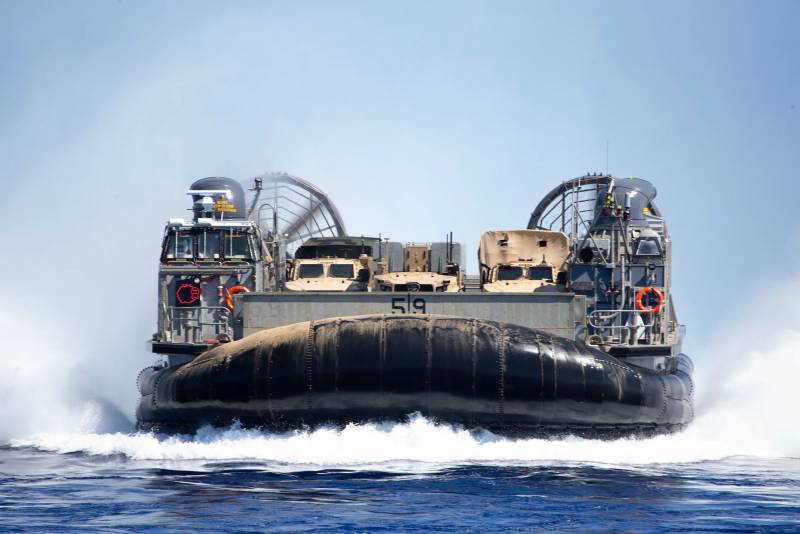
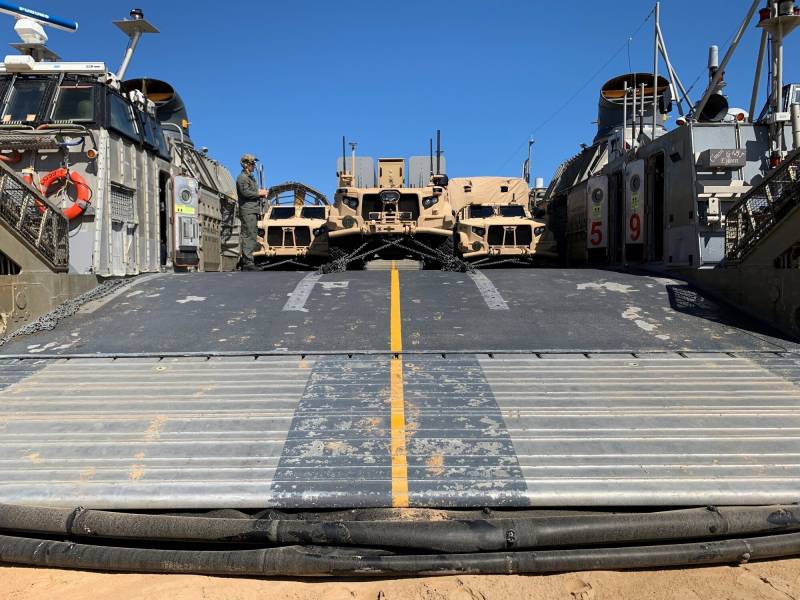
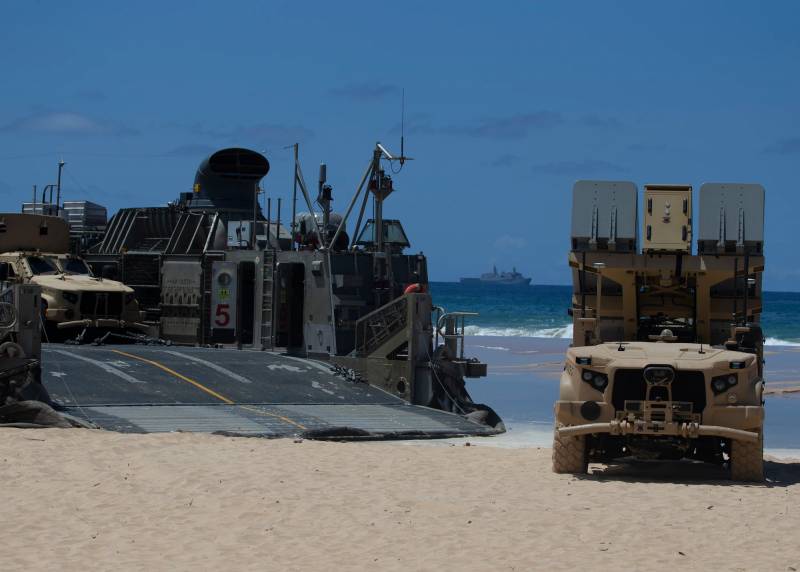
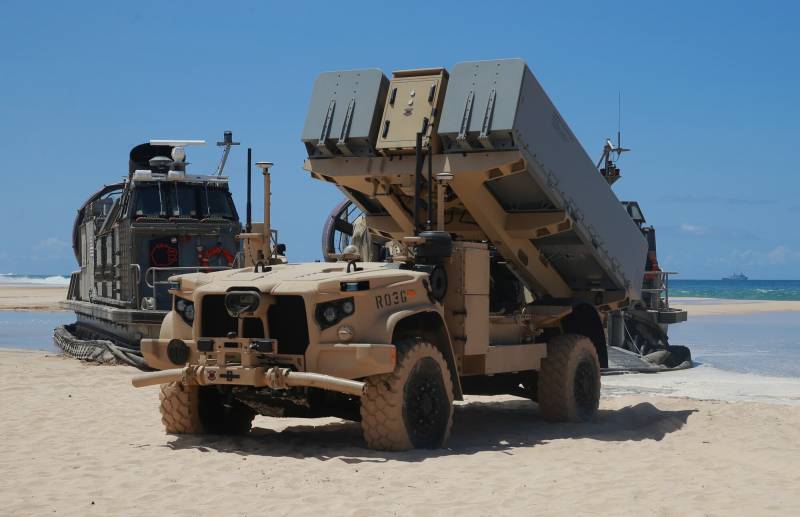
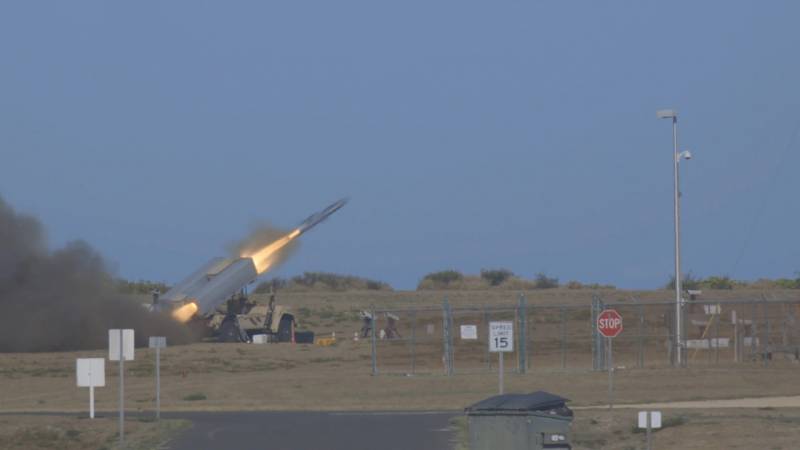
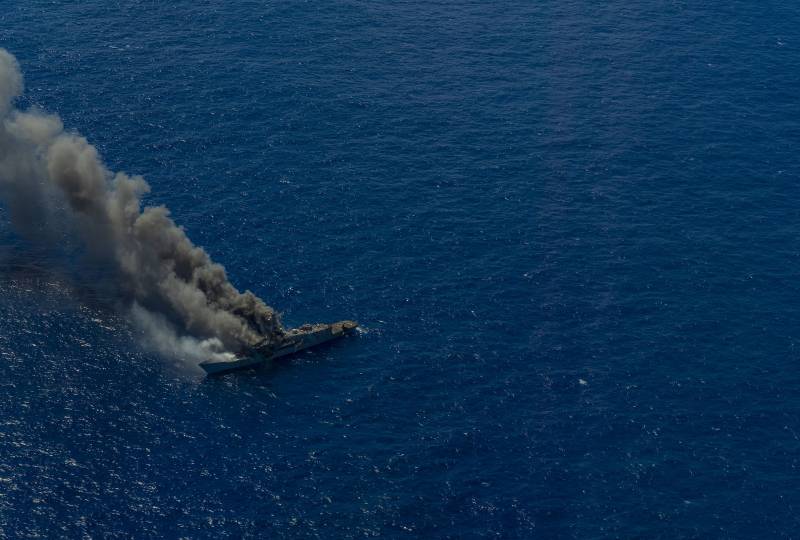
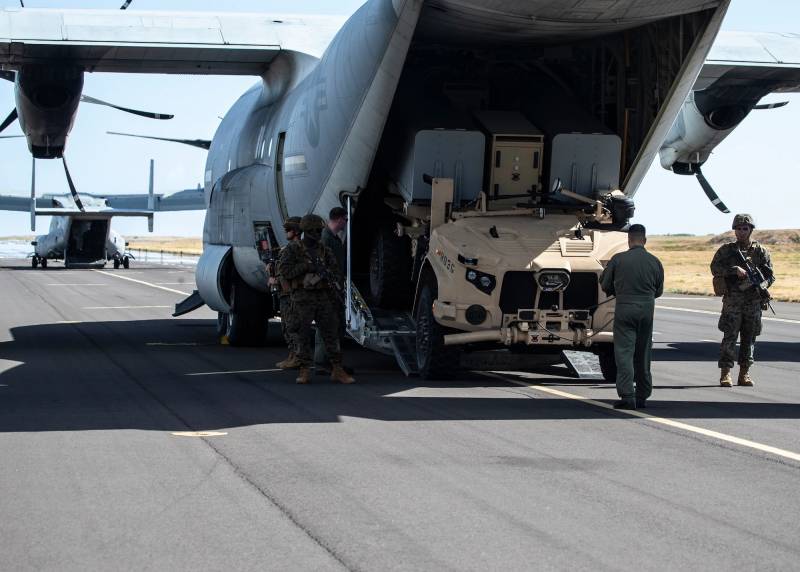
Information